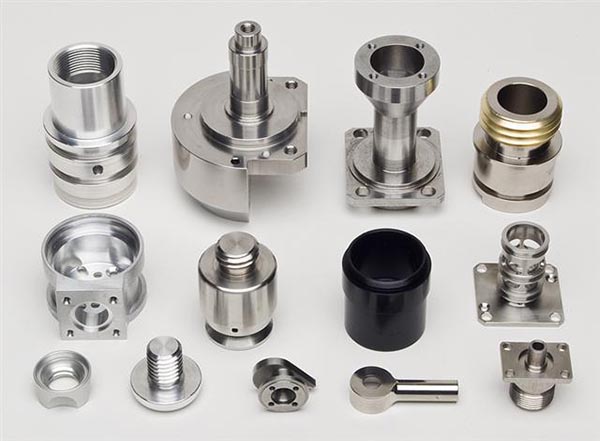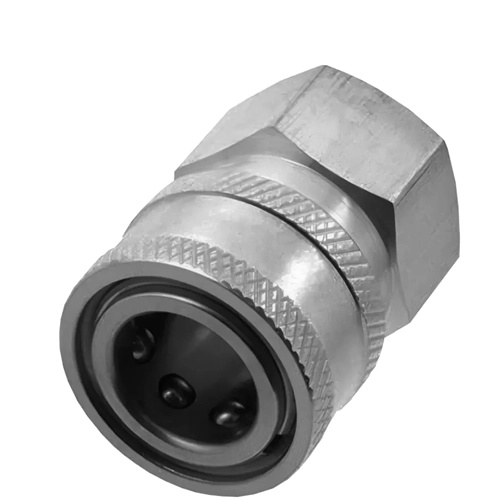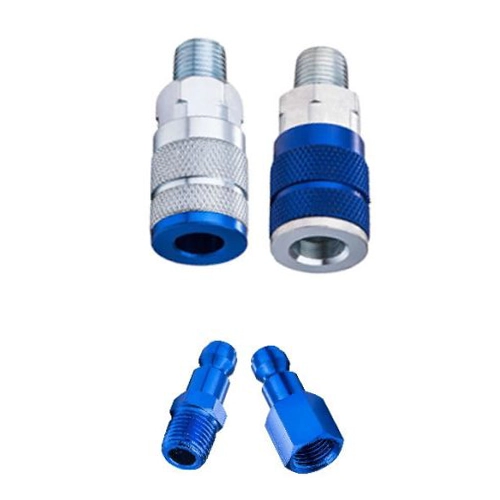The machining process design of CNC machine tool parts is a complex and fine process, which involves many aspects of consideration and decision. Here is an overview of the design process, including key steps and considerations:
First, process analysis
Parts drawing analysis:
Read the parts drawings carefully to understand the shape, size, material, accuracy requirements, heat treatment requirements, etc.
Analyze the machining difficulties and special requirements of parts, such as complex surfaces, high-precision holes, special materials, etc.
Machine tool selection:
According to the machining requirements of the parts and the performance characteristics of the machine tool, choose the appropriate CNC machine tool. Consider the machining range, accuracy, rigidity, stability and other factors of the machine tool.
Tool and fixture selection:
According to the part material and processing requirements to choose the appropriate tool, such as milling cutter, drill, boring cutter, etc.
Design or select the appropriate fixture to ensure that the parts are stable and reliable during processing.
Second, process route design
Divide the processing stage:
The machining process is divided into rough machining, semi-finishing and finishing stages. The roughing stage removes most of the surplus, the semi-finishing stage further improves the machining accuracy, and the finishing stage achieves the final size and accuracy requirements.
Arrange the processing sequence:
According to the structural characteristics and processing requirements of the parts, the processing sequence is reasonably arranged. First processing base surface, and then processing other surfaces; First processing simple shapes, then processing complex shapes; First roughing, then finishing.
Determine the feed route:
Design reasonable feed route, reduce tool empty travel time, improve processing efficiency. At the same time, avoid the tool and the workpiece, fixture interference.
Third, cutting parameters and Settings
Spindle speed:
Select the appropriate spindle speed according to the tool material, workpiece material and machining requirements. Too high spindle speed may lead to increased tool wear, too low may affect the machining efficiency.
Feed speed:
According to the machining accuracy and surface roughness requirements of the parts, the appropriate feed speed is selected. Too fast a feed speed may lead to an increase in the roughness of the machined surface, while too slow a feed speed may reduce the machining efficiency.
Amount of back cut:
According to the stiffness of the machine, workpiece and tool, determine the appropriate amount of back cutting tool. The excessive amount of back cutting tool may cause the vibration of the machine tool to intensify and affect the machining accuracy and surface quality; Too small may reduce processing efficiency.
Fourth, program preparation and debugging
Programming:
Using NC programming software, according to the process route and cutting parameters, the machining program is compiled. The program should include the description of the part outline, the planning of the tool path, the setting of the cutting parameters and so on.
Program simulation and debugging:
The program is simulated on CNC machine tool to check the correctness and feasibility of the program. Find the problem timely modify the program, and debug until meet the processing requirements.
Fifth, processing monitoring and adjustment
Real-time monitoring:
In the process of processing, real-time monitoring of the running state of the machine tool and processing quality. Pay attention to observe the tool wear, cutting force changes, machine vibration and other parameters.
Timely adjustment:
If abnormal conditions are found or the processing quality does not meet the requirements, the machine should be stopped in time to check and adjust the cutting parameters or procedures. Replace the tool or fixture if necessary to ensure smooth processing.
Sixth, process optimization and summary
Process optimization:
After the completion of parts processing, the processing process is summarized and analyzed. Evaluate the performance of processing quality, processing efficiency and cost, and identify existing problems and deficiencies. Aiming at these problems, the process optimization and improvement were carried out to improve the processing level and economic benefit.
Record and archive:
Process parameters, program codes, tool and fixture selection used in the process are recorded and archived. These data can provide reference and reference for the subsequent processing of similar parts.
To sum up, the machining process design of CNC machine tool parts is a comprehensive work involving many aspects. It requires technicians to have solid professional knowledge and rich practical experience, and can formulate reasonable and feasible processing technology plans according to the specific requirements of parts.





